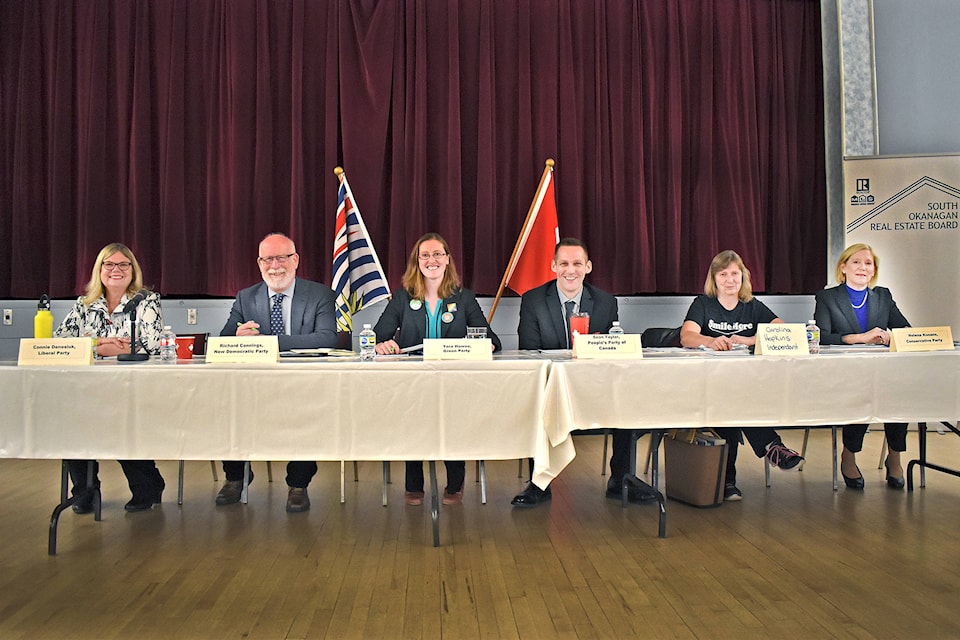MP Richard Cannings was the biggest spender in the South Okanagan - West Kootenay riding, listing just over $127,000 in campaign expenses as part of the federal requirement for all candidates.
Cannings won his re-election as a member of the NDP with 36.4 per cent of the vote, narrowly defeating Conservative candidate Helena Konanz’ 35.2 per cent.
Each candidate was allowed to spend up to $130,238 by Elections Canada.
Cannings was also the biggest fundraiser of the candidates, marking down $59,545 from 366 contributors. Sean Taylor, the candidate for the People’s Party of Canada $9,220 from 59 donors, and the Green Party’s Tara Howse raised $2,299 from 52 contributors.
All candidates are required to submit their campaign financial records, including contributions received and expenses, to Elections Canada, which are publicly available on their website.
Cannings’ expenditure of $127,313 translates into $5.13 spent for the 24,809 votes he received.
Independent candidate Carolina Hopkins, who spent $1,044 and earned 359 votes, or $2.91 per vote. Closely behind Hopkins was Konanz, whose campaign spent $2.99 per vote, with a total of $71,858 over the campaign and 24,013 votes received.
Liberal Party candidate Connie Denesiuk spent $6,3341 for 11,705 votes, while Taylor spent $9,007 for 1638 votes, or $5.41 and $5.50 per vote respectively.
Cannings declared he spent 36 per cent on advertising, 23 per cent on salaries and wages for campaign staff, and 34 per cent on the campaign office. Out of those expenses, $14,266 was spent on flyers and other mail-outs, $11,240 was spent on print media, and $8,993 went to signage. The single largest expense listed was for rent, which was $25,163. The campaign also spent $1,966 on travel costs.
Konanz’ campaign return does not break down into individual expenses. Her campaign spent $29,001.65 on advertising, and $27044.97 on salaries and wages. Reached for comment, Konanz responded to the Gazette by confirming that the campaign filing met the requirements published by Elections Canada.
Denesiuk put 67 per cent of her expenses, $42,659 out of $63,341.05 , into advertising; $12,757.63 went to mailers, $15,534 to signage, and $1,264 to print media. Only $7,227 of her total spending went to salaries and wages.
Howse spent $5,779 on signage, $2,147 on print media, and $327 on mailers, out of $9,784 in advertising spending. She spent the most on travel, at $4,367. In total, her campaign reported $17,291 in expenses.
Taylor spent $5,853 on advertising, $1,996 on signage, $1,289 on brochures, and $1,165 on decals and a wrap for a truck. Taylor’s travel expenses for the campaign came in at $2,652, with total campaign expenses adding up to $9,007.
Hopkins, the only independant candidate in the election, spent $15 on signage, and $50 on website hosting for the election. The remained of her $1,044 in expenses was split between $540 in gas costs, and $426 on meals and lodging.
The financial returns are publicly available by going to the Elections Canada website at elections.ca.
Brennan.Phillips@grandforksgazette.ca
Like us on Facebook and follow us on Twitter.
